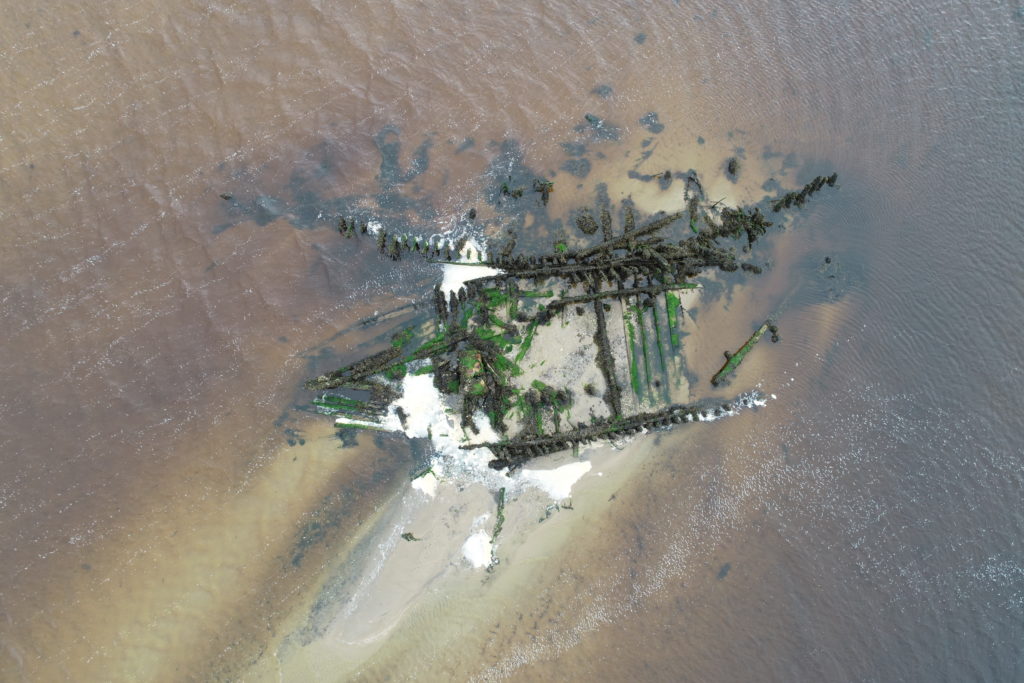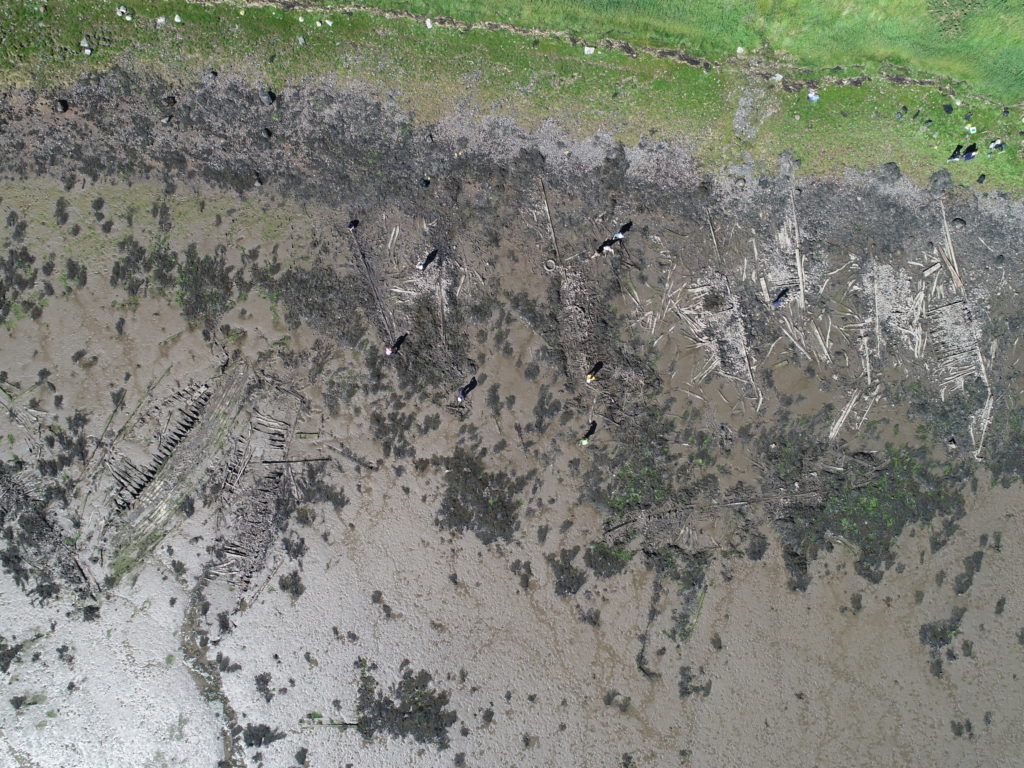
Scotland (United Kingdom)
Boat graveyards in Scotland
Dr. Tom Dawson & Dr. Joanna Hambly (St. Andrews University)
For the past 21 years, the SCAPE Trust, in association with Historic Environment Scotland, have been mapping and prioritising action at threatened heritage sites around the Scottish coast. Working with the public, they have located and recorded thousands of archaeological sites at risk from coastal processes. Over the years, a number of boat graveyards have been identified during coastal surveys, places that were known locally but not previously recorded within historic environment records.
These boat graveyards are the final resting places of large numbers of, mainly timber, vessels and are highly vulnerable to time and tide. The team at SCAPE, working with local volunteers (and often with the assistance of the Nautical Archaeology Society), have made detailed records of the boats while also revealing stories of innovation and abandonment, of improvements to boat design and loss due to accident. This paper will explain how the sites were discovered and highlight the types of recording methods employed, demonstrating the crucial role played by the local volunteers who have been integrated into all aspects of recording. It will show how we’ve combined survey with historical research, drone photography with archival study, allowing us to rekindle some of the rich stories of Scotland’s maritime past.
This paper will highlight three boat graveyards investigated in recent years. Starting on the shores of the Clyde, four schooners, a diving bell support vessel and a mass of mud punts each contribute a different chapter to the story of connecting Glasgow to the sea. Heading north, the Moray Firth was once home to a vast fleet of wooden fishing vessels that chased shoals of herring around the coast. At Findhorn, the remains of Zulu fishing boats lie abandoned across the bay, now resting close to the original location of the village before it was washed away during a previous episode of climatic change. Across the Moray Firth, an area of Munlochy Bay was quarried to provide stone to build Fort George in the aftermath of the Battle of Culloden. The abandoned quarry contains boat remains, while a few hundred metres away lies part of the Avoch fishing fleet.
These three very different sites will show how community research and survey have made a real contribution to academic research, while also increasing local pride in these fascinating heritage sites.
Cover image: Findhorn: The remains of two fishing boats in the intertidal zone at Findhorn (Photo: Dr. Tom Dawson)

